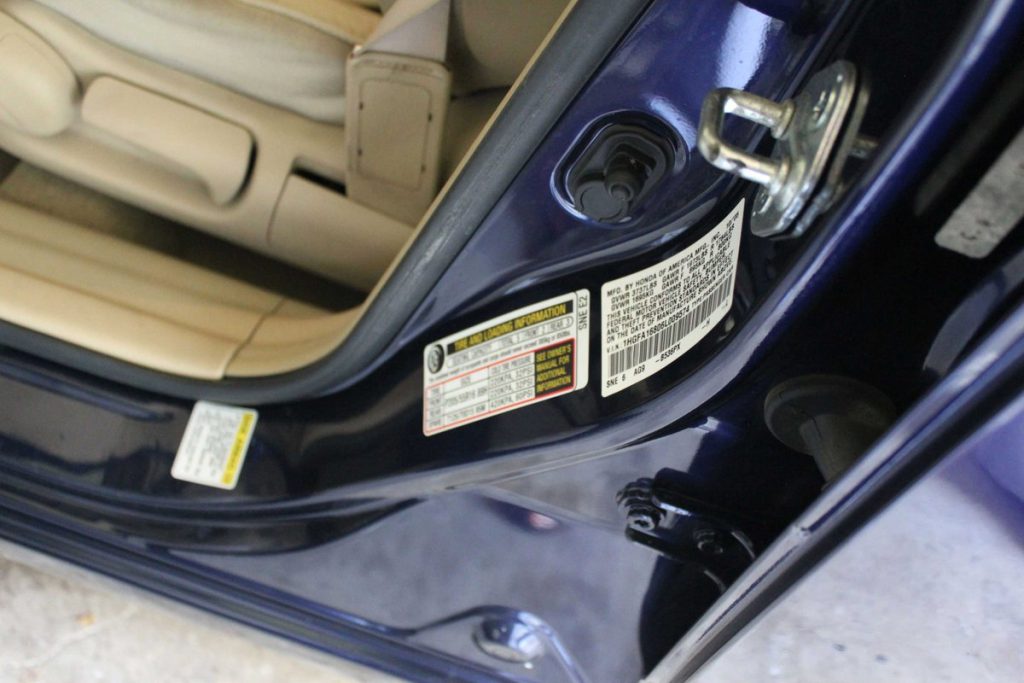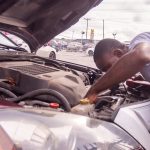
Have you ever wondered why your gas mileage sometimes looks a little lower than normal, or why your steering wheels seem a little sluggish when driving? Sometimes, your car just appears to be sitting closer to the ground than normal. It will be prudent to observe the parts of your vehicle that should be touching the ground, “the tires” which is most likely the reason for the imbalance. You just might have an issue with inflation.
Tire pressure is one aspect of vehicle maintenance which is mostly taken lightly and mostly neglected by most vehicle users. They loosely believe when their tires seem to have lost little air, they should be well inflated, to keep them standing and ready for the usual day to day activities. Hence, roadside vulcanizer are patronized, which according to reports, have conflicting figures as maximum air pressures for tires.
Do You Know That Different Car Tires Require Different Levels Of Air Pressure?
The two types of air pressure measurement units that car manufacturers often provide are PSI and kPa. To find out how much air pressure you should be pumping into your tires, you may either flip the thick instruction manual for the magical numbers, or just open your driver’s side car door and look at the guideline sticker for the manufacturer’s recommended tire pressure for your car!
However, most car owners do not know that there is a specified amount of air pressure recommended by manufacturers, for tires. Having the correct tire pressure is extremely important for getting good gas mileage and the most life out of your tires, the recommended tire pressure will give the best gas mileage, handling and tire life for that car which is most times written on the vehicle’s door.
Similarly, on newer cars, the recommended tire pressure is most listed on a sticker inside the driver’s door, however, if there’s no sticker on the door, you can usually find the specs in the owner’s manual. Most passenger cars will recommend 32 psi to 35 psi in the tires when they’re cold. The reason you check tire pressure when they’re cold is that as tires roll along the road, friction between them and the road generates heat, increasing both the temperature and the air pressure. For the most accurate reading (not to mention the most consistent one), make sure the car has been sitting overnight or at least has been parked for a few hours. (As published in an article on Cars.com)
Moreso, front and rear tires may have different measurements for the front and rear tires for optimal handling. Be sure to take note of this as well. As a checking measure, you may check if your tires have been properly inflated by pressing on them. They should not be ‘too soft’ or ‘too stiff’ after the beep on the air pumping machine goes off.
Dangers of Over-inflation Of Tires

According to a Premium Times report in December, 2016, where the Federal Road safety Commission FRSC was quoted to have said “50.8 per cent of road accidents were caused by tyre-burst.” It is a known fact that One of the major causes of tire burst is overinflation, when tires are overinflated, the following are bound to happen:
Ø Rapid or irregular wear of the tire from increased friction
Ø significant internal tire damage
Ø sudden tire failure
Ø serious injuries, sustained from accidents
Ø Bouncy ride and an Imbalance wheel handling
How Often Should You Check Tire Pressure?
You should check tire pressure at least once a month. Make it part of your monthly maintenance because on average, tires lose approximately 1 pound per square inch (PSI) of tire pressure every month.
Tire pressure can also change drastically in winter temperatures. For every 10 degrees of change in ambient temperature, tire pressure will change by approximately 1 PSI. That’s why you always check pressure when the tires are cold, meaning they haven’t been driven for at least three hours






